

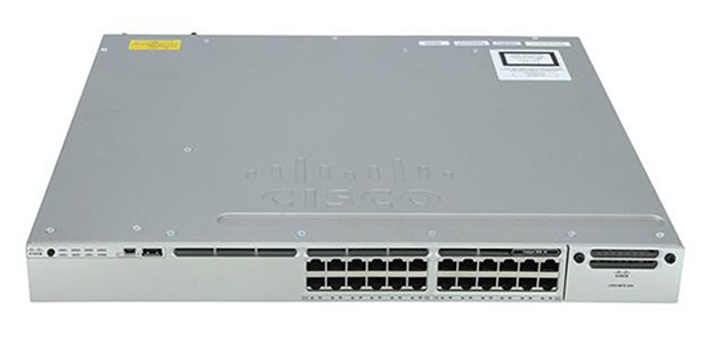
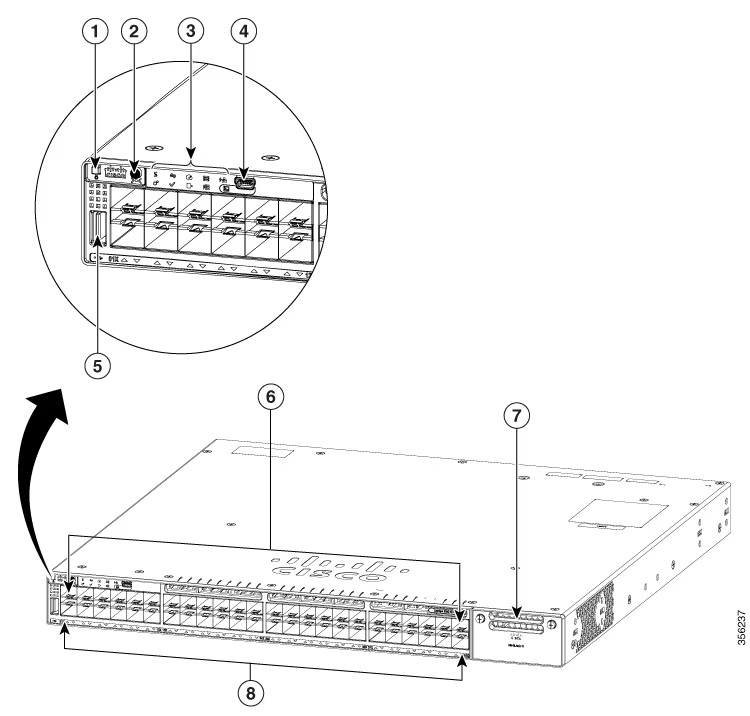


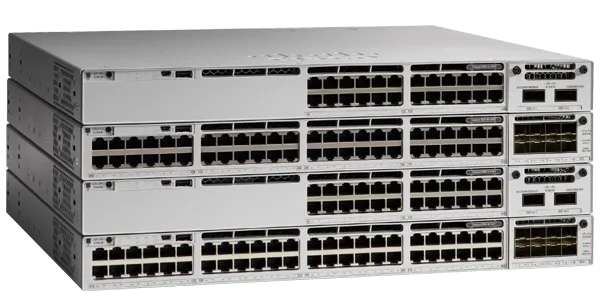

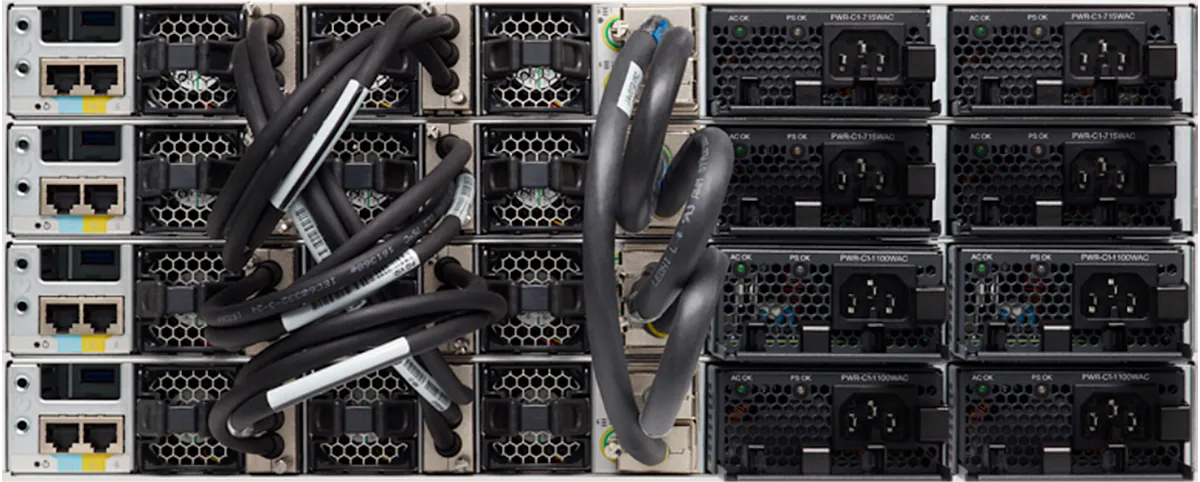




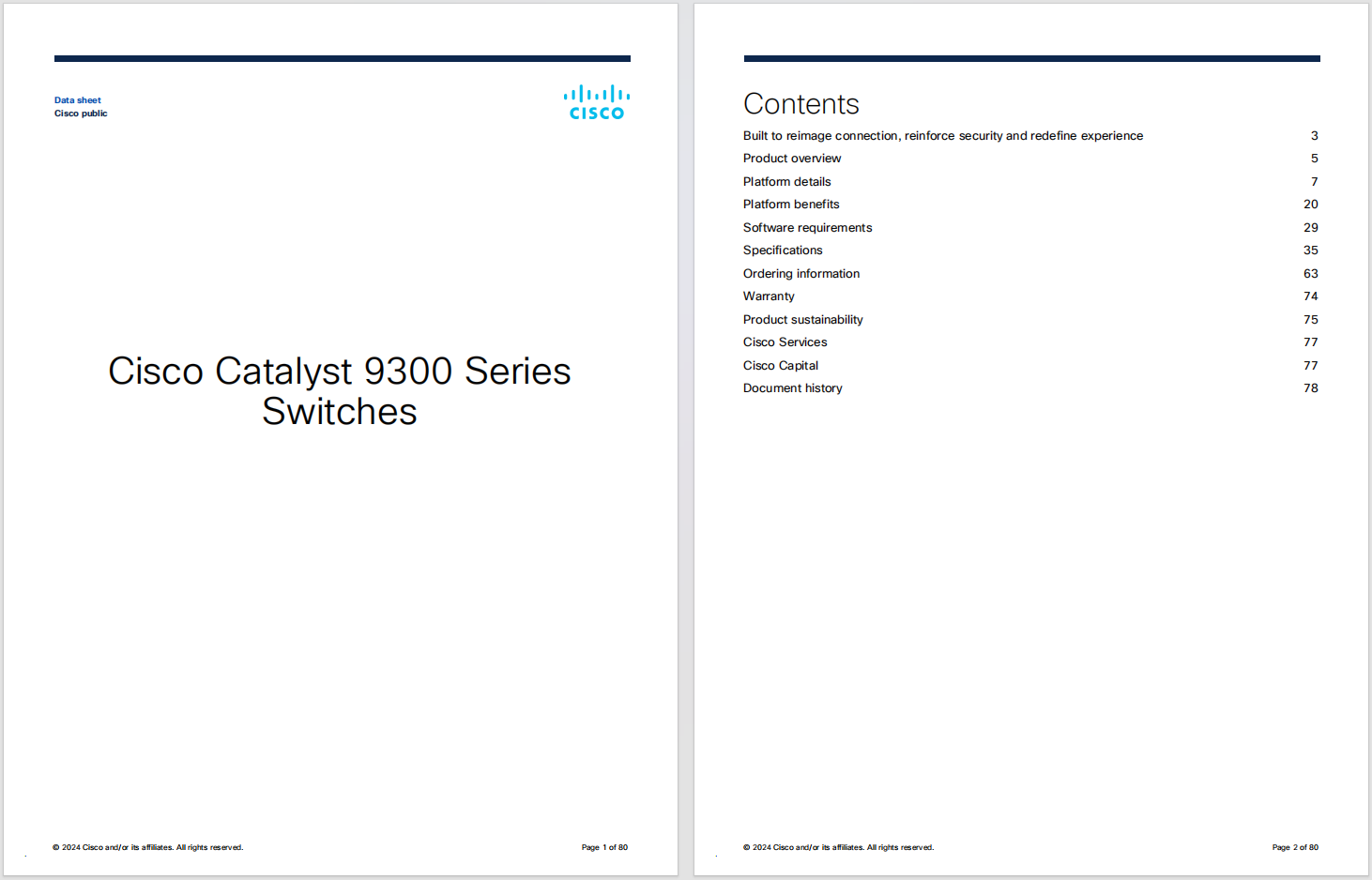



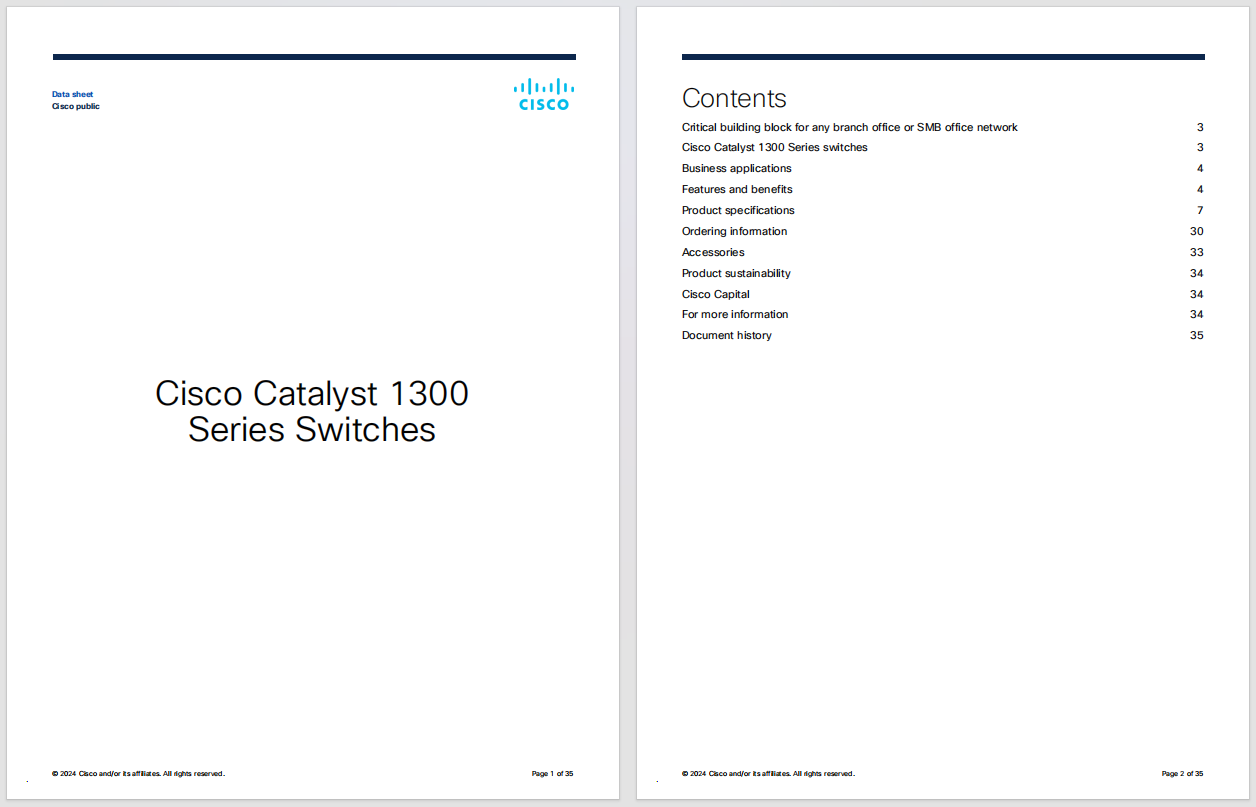
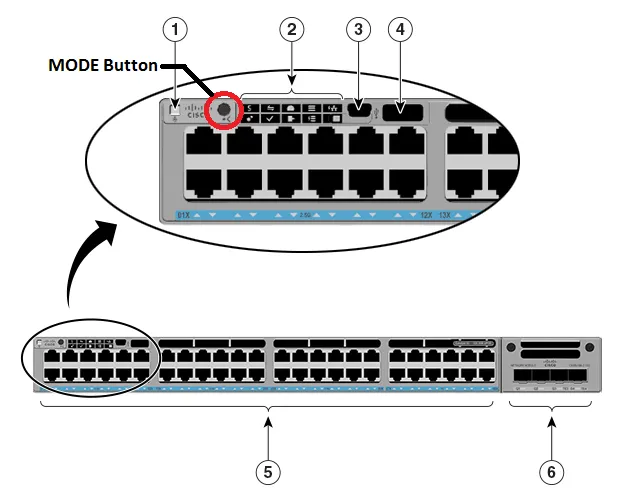





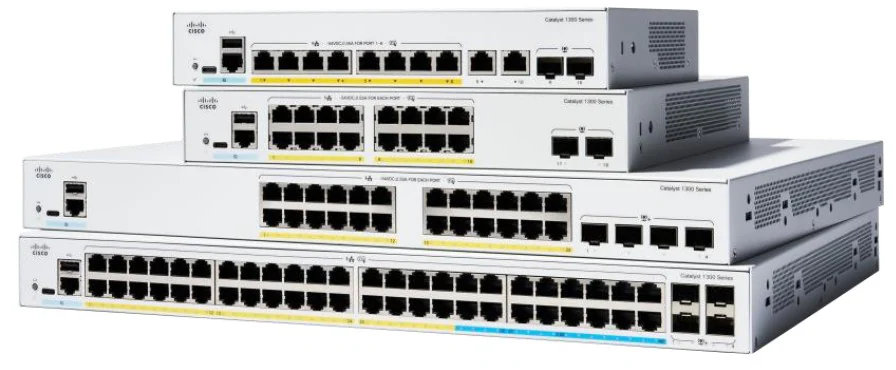


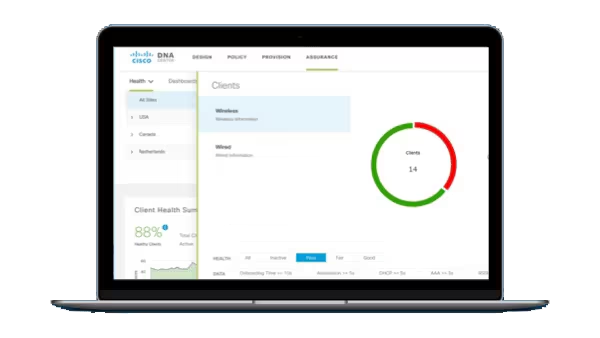




In just a few months time, IT has shifted the focus of its digital transformation projects from business agility to improving business resiliency. Granted, high priority hybrid cloud/data center projects that focus on improving access to new markets and enhancing customer experiences are still important. In fact, IDC predicts continued double digit growth in infrastructure digital transformation spend in 2020.* But the sudden changes forced on organizations by the latest black swan event dramatically reveal the necessity of keeping core business operations available and connected during massive shifts in workforce and workloads.
The urgent need to securely connect people to applications from anywhere at anytime stress-tested data center and cloud connectivity preparedness. While many organizations responded with inventive solutions, the lessons learned from the experience can help IT prepare for inevitable future challenges. For example, even though IT teams have been diligently working on supporting the growing need for distributed and cloud-native applications, the multitude of public cloud APIs and connectivity options slows deployment. The lesson learned? When emergencies strike, IT mustalready be preparedto rapidly connect data center resources and cloud applications to a distributed workforce. The network is the crucial foundation to deliver business resiliency, disaster avoidance, and recovery.
Preparing for disasters and black swans aside, there are operational reasons that business resiliency depends on secure and dependable network connectivity between public and private clouds.
 Tags quentes :
VXLAN
DCNM
CloudSec
ACI Multisite
Data Center Resiliency
Cisco Multi-Site
Tags quentes :
VXLAN
DCNM
CloudSec
ACI Multisite
Data Center Resiliency
Cisco Multi-Site